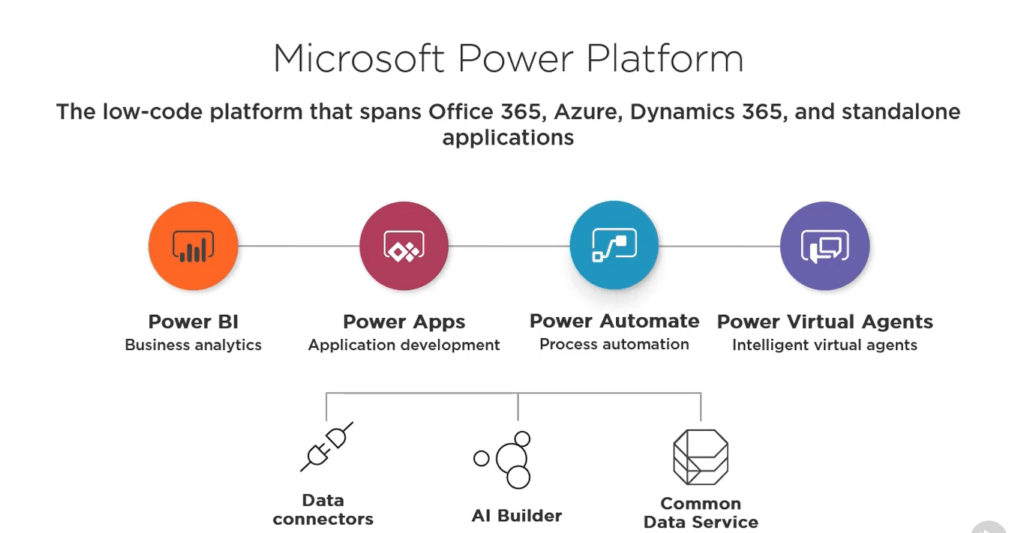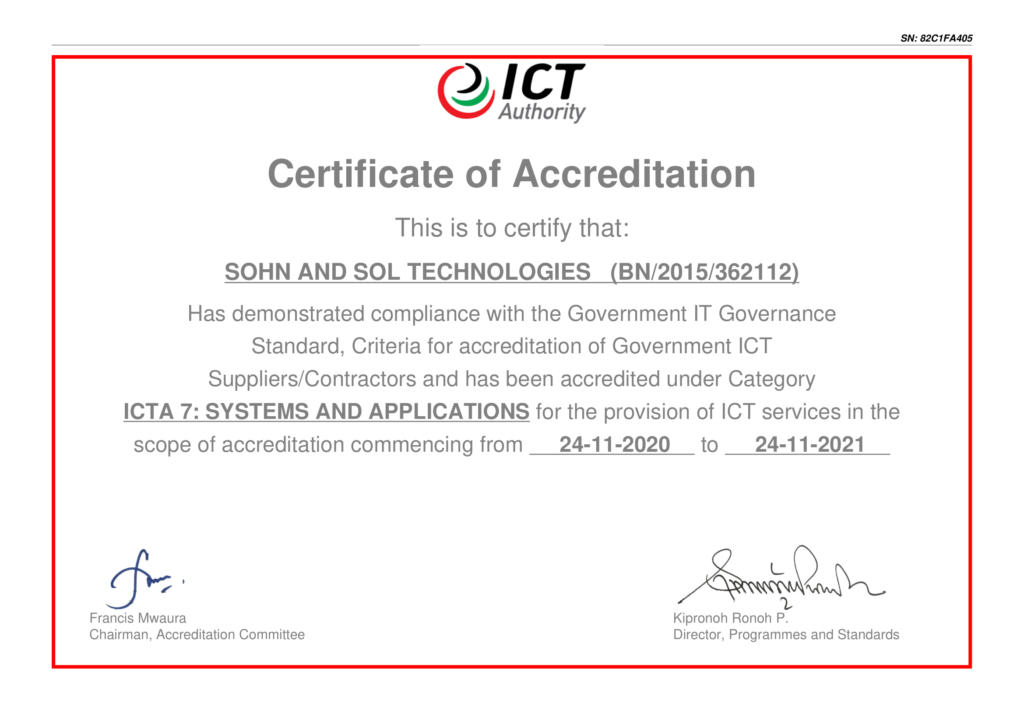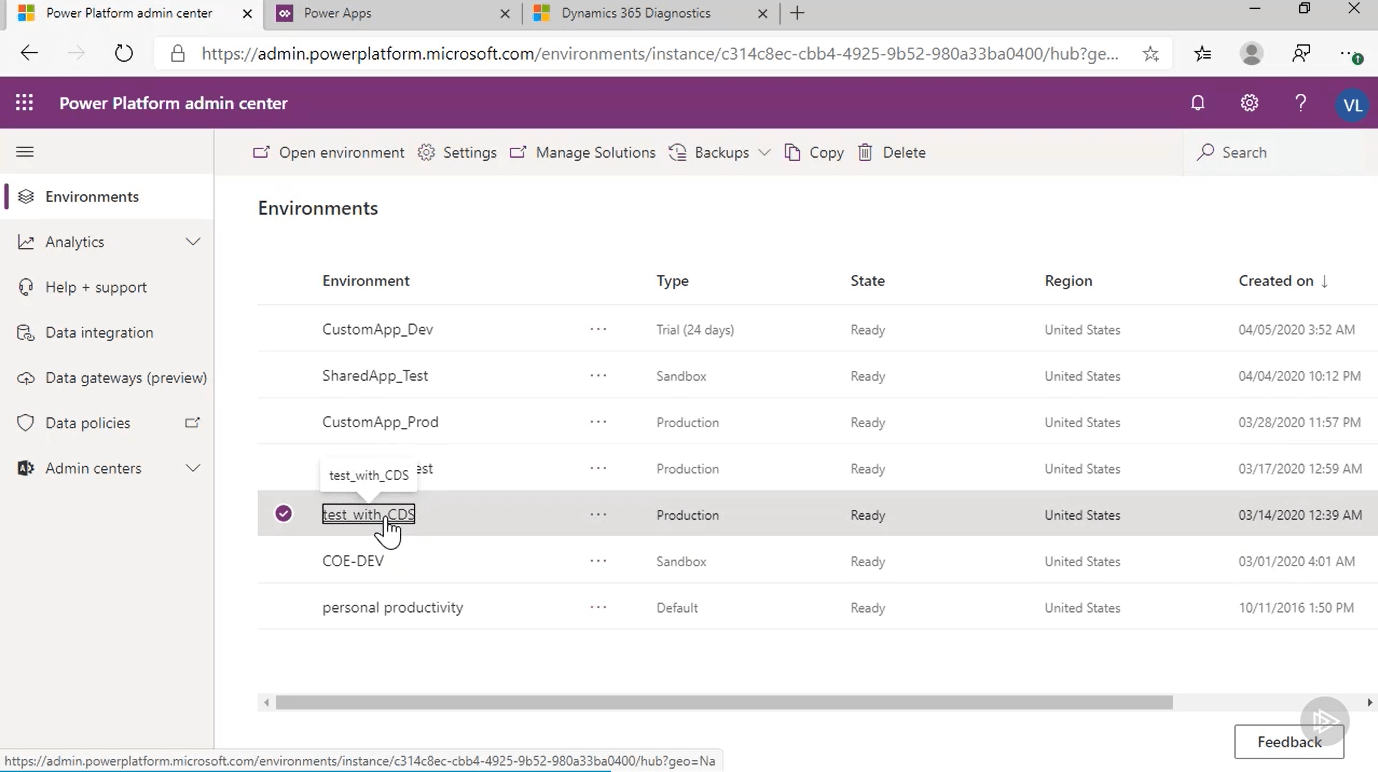If you’re looking for a step by step process for a successful ERP Implementation project then you’re in the right place.
- Research – Start by interviewing people in different departments
- Determine the scope – Identify the relevant modules you need to implement.
- Software Selection – Determine the best fit product addressing your client’s needs.
- Data Migration – Import users and different info into the selected software.
- Administration – Assign different privileges and permissions based off of user roles.
- Customizing different views – You need to customize different dashboards and views to display relevant data.
- Training – Start with the IT Department or other would-be-super-users
- Deployment – Once the system is familiar to the would-be-users and you have completed your training. Deploy.
- Follow up – Ensure the system is meeting your clients needs.
- Audit and Revise your implementation – Based off of how your clients use the system. You can do an audit an make improvements.

1. ERP IMPLEMENTATION RESEARCH
First and foremost you have to understand what your client hopes to achieve when they consider ERP implementation for their business. Put yourself in the clients shoes as much as possible while conducting client interviews. Most often we find the reason many businesses implement ERP systems is for greater visibility of their business processes. At the core, our clients understand that by having all the processes in their business visible under one dashboard this could have a profound impact in their decision making processes. They can better decide where to allocate resources and where to strengthen their marketing efforts. They know what processes they need to improve to minimise inefficiencies.
2. DETERMINE THE SCOPE OF THE ERP IMPLEMENTATION
You now understand the scope of the EPR Implementation based off of the interviews you’ve had with your client. As the professional you need to determine the scope of your implementation that addresses your clients needs without being wasteful and purchasing licenses that would add unnecessary expenses for your client. Remember your client demands value for money.
3. SOFTWARE SELECTION
When selecting the software for your clients. There are several considerations to make. In no particular order you need to keep in mind the following
- Your Client’s Required Scope.
- Your Client’s Budget.
- Your Client’s current systems.
- Your Client’s policy on data management.
As you decide the software to select for your client we’ve always found that we needed a scalable and customizable solution that was also simple and straightforward enough to be readily adopted by the client. Typically, we always ended up delivering ERP Implementations with Microsoft Dynamics 365, Microsoft Dynamics 365 – Business Central, Oracle NetSuite and SAGE ERP
Sohn and Sol Technologies Ltd is recognized by the ICT Authority of Kenya as a Systems Application Design and Development Agency.

If you are interested in partnering with us for your ERP Implementation project go to https://sohnandsol.com/services/erp-implementation and book us for your next project.
4. DATA MIGRATION
After software selection the best next step is simply import users into the system. Based on the number of licenses available on your system you can start by importing users, accounts, leads and opportunities, income and expenses.
Soon to complete the details of the next steps stay tuned……..
